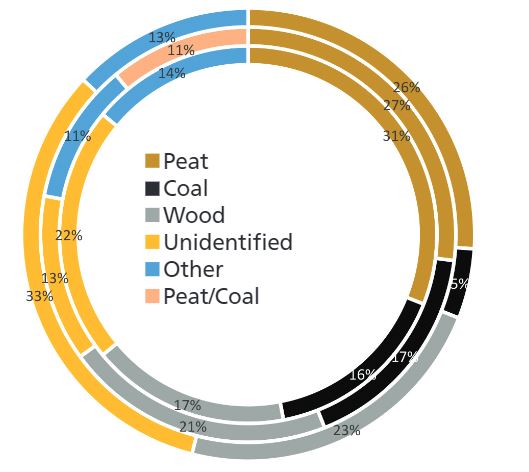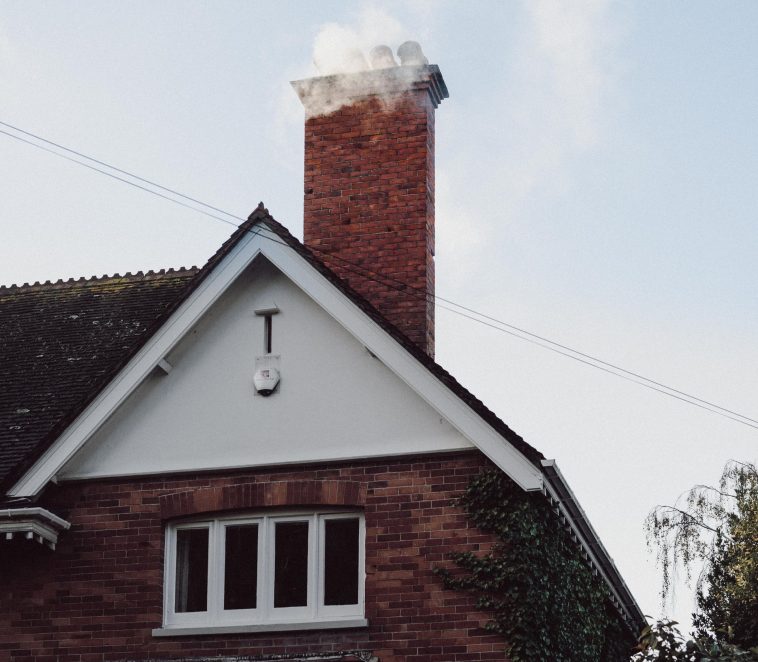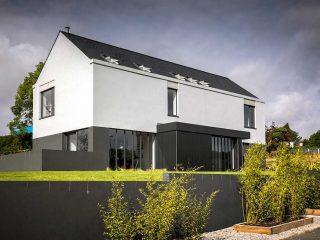Burning wood might not be as environmentally friendly as you think. In fact, burning solid fuels of all kinds is making us sick.
The environmental world has come a long way since I wrote an article for this magazine on heating/energy choices for both new builds and occupied homes.
In 2015 I did not mention anything at all about a climate emergency or climate breakdown other than a fleeting reference to “global warming”. Instead I concentrated on air quality both indoor and outside peoples’ houses.
In this commentary I am going to shift the balance toward the question: “What can I do to help reach national and global climate change goals that have been set by a variety of governments and international organisations like the United Nations?”
The advice I gave last time was as follows:
(i) Use radiant panels powered by solar energy.
(ii) Burn the most sustainable fuel (that is dried wood), but do so only in a modern, closed, very high-temperature combustion stove coupled with a heat recovery ventilation system.
(iii) Plant a few trees in your new garden to take up the carbon dioxide that you release by burning fossil fuels.
I would still stick with the first and third points but would no longer be able to support the second recommendation. Here’s why.
Wood (biomass) is often termed a sustainable fuel. It isn’t really that sustainable because cutting one mature tree down to subsequently burn requires transport by trucks and sometimes ships running on fossil fuels.
Worse, replacing a tree with a sapling requires a 30 or 40 year catch-up to take out the equivalent amount of the greenhouse gas, carbon dioxide, while it grows.
Then, when burnt, it produces soot/black carbon which also absorbs heat in the atmosphere.
And then there is the air pollution that accompanies wood or multi-fuel burning stoves. Open fire emissions harm occupants and soon will not be allowed to be put into new builds. But 90 per cent of modern stove emissions of particles, gases and vapours end up in neighbours’ houses. And theirs end up in yours.
Oil, natural gas, coal (of any type) and peat (or other biomass) always produce pollutants that lead to global warming. But gas and oil burning do at least produce few, if any, toxic particles that can especially harm asthmatics, the old and the young.
Therefore, it comes as a surprise that the Irish government’s Climate Action Plan, published in June, would ban oil and gas boilers in new builds (2022 and 2025 respectively) but nothing is proposed about wood and multi-fuel stoves.
So in 2019 the advice I would give self-builders is:
(i) Incorporate solar panels.
(ii) Install a heat pump.
(iii) Install an indoor air quality monitor that at least measures small particles and carbon dioxide.
(iv) When available set up integrated, automated, multi-zone heating/cooling/air quality control systems that circulate air throughout the house to maintain a comfortable environment.
Also, we should hope that Ireland will be able to generate/buy its electricity from truly clean, sustainable energy sources soon. And yes, still grow some trees!
Particulate Matter (PM)

A measure of air pollution is the size of the particulate matter (PM) that’s floating in the air.
PM is made up of a number of chemical components including acids (like sulfuric and nitric), organic compounds (some carcinogenic), elemental carbon (soot) and metals (like lead).
At 2.5 microns, particles can become deposited into the larger (tracheobronchial) branches of our lungs and studies show there is a greater health risk, including asthma and other pulmonary diseases, associated with exposure to small particles.
PM10 is the size of dust and pollen.
University College Cork with the support of the Environmental Protection Agency has studied where these PM2.5 particles come from, in three rural locations, and the results show that the
vast majority (60 to 83 per cent) are related to residential solid fuel burning in winter.
Therefore not surprisingly, PM2.5 concentrations are 10 times higher in the evening than during the day.
The graph above shows the results for Birr (outer circle), Enniscorthy (middle) and Killarney (inner circle).
For more information see ucc.ie/en/crac/research/sapphire









